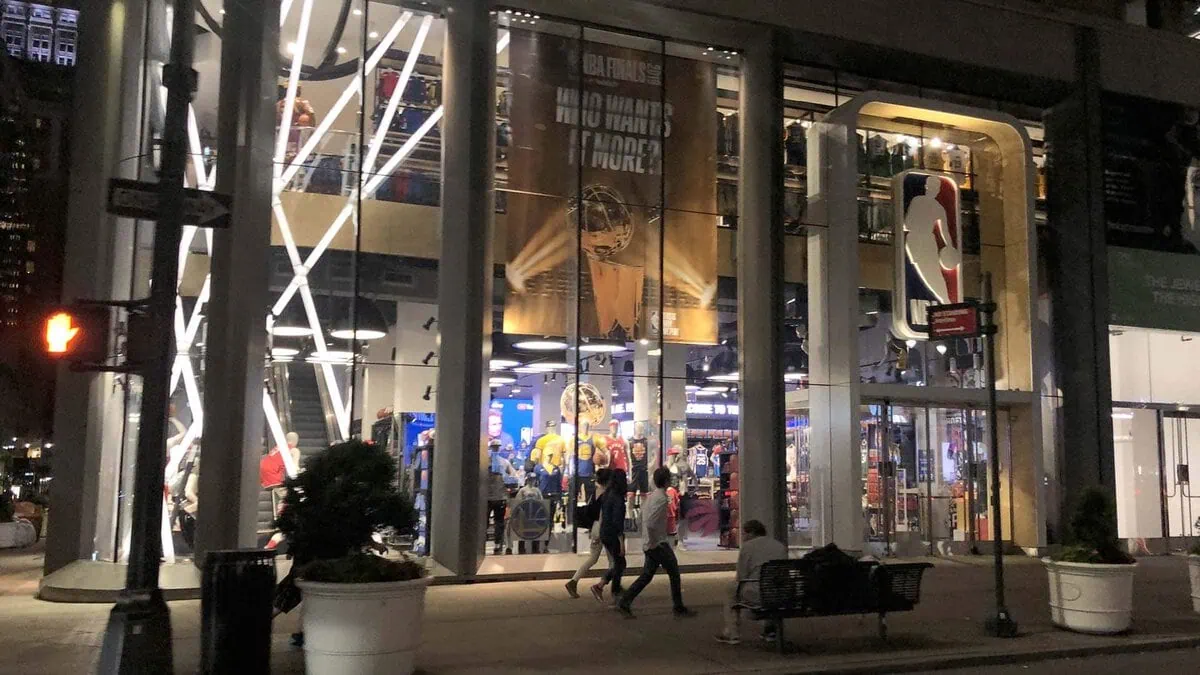In the world of graphic design, the canvas comes in all shapes and sizes. From business cards to billboards, designers must adapt their skills to suit the medium. Large-format printing, in particular, presents a unique set of challenges and opportunities that require a thoughtful approach. In this guide, we’ll explore the art of designing for large-format printing, offering insights and tips to help graphic designers new to this format excel in their work.
Understanding the Basics
Before diving into the nitty-gritty details, it’s essential to grasp the fundamental concepts of large-format printing:
- Resolution Matters
Resolution is paramount in large-format printing. A low-resolution image may look crisp on your computer screen, but when blown up to a massive scale, it can appear pixelated and blurry. To ensure a high-quality output, use images and graphics with a resolution of at least 300 DPI (dots per inch). - Color Profiles
Understanding color profiles is crucial. Large-format printers often use different color settings from standard desktop printers. Ensure your design is in the CMYK color mode rather than RGB, as this will provide a more accurate representation of the final printed colors. - Bleed and Trim
To avoid any white borders or unwanted cutoffs, incorporate a bleed area into your design. This extra space, typically 1/8 inch, extends beyond the final trim line and ensures that your design goes right to the edge of the printed material. - Vector Graphics
Whenever possible, use vector graphics. These are resolution-independent and can be scaled up or down without any loss of quality. Vector graphics are perfect for logos, text, and other essential design elements.
Design Tips for Large-Format Printing
With these fundamentals in mind, let’s delve into some practical tips for designing for large-format printing:
- Start with a High-Resolution Canvas
Begin your design work with a canvas set to the final print size at 300 DPI. This ensures your design maintains its crispness when scaled up. - Simplify Your Design
Less is often more in large-format printing. Simple, bold designs tend to have a more significant impact. Remember that viewers may only have a few seconds to absorb the message, so avoid clutter and focus on a clear, compelling message. - Typography Considerations
When it comes to text, use readable fonts and ensure text elements are large enough to be seen from a distance. Test readability by viewing your design at a reduced scale on your screen before printing. - Color Management
As mentioned earlier, be mindful of color profiles. Test your design’s colors on the actual material whenever possible, as printing on different substrates can affect color reproduction. - Vector Graphics for Logos
If your design includes a logo, use a vector version of the logo to maintain its quality at any size. Rasterized logos may lose clarity when enlarged. - Maintain Proportions
Scale your design proportionally to avoid distortion. Enlarging a design disproportionately can result in unintended consequences, such as distorted images and text. - Balance and Hierarchy
Maintain a clear visual hierarchy in your design. Ensure that essential information is prominently displayed, and use design elements like contrast, color, and spacing to guide the viewer’s eye. - Proofing and Testing
Before finalizing your design, print a small test version to check for any unexpected issues. Make adjustments as needed to ensure the best possible result. - Collaborate with the Printing Company
Establish a line of communication with the printing company like RoyerComm early in the design process. They can provide valuable insights and specifications, ensuring your design is optimized for their equipment.Designing for large-format printing is a rewarding but challenging endeavor. As a graphic designer, embracing the unique requirements of this medium will allow you to create impactful visuals that capture the attention of a vast audience. Keep in mind the importance of high resolution, color management, simplicity, and clear communication, and you’ll be well on your way to mastering the art of large-format design.
Request a Quote
Over the years we have accumulated a lot of knowledge about how to create compelling impactful marketing communications. We are here to answer any questions you might have or offer guidance to help take your project from good to GREAT! Give us a call today.
